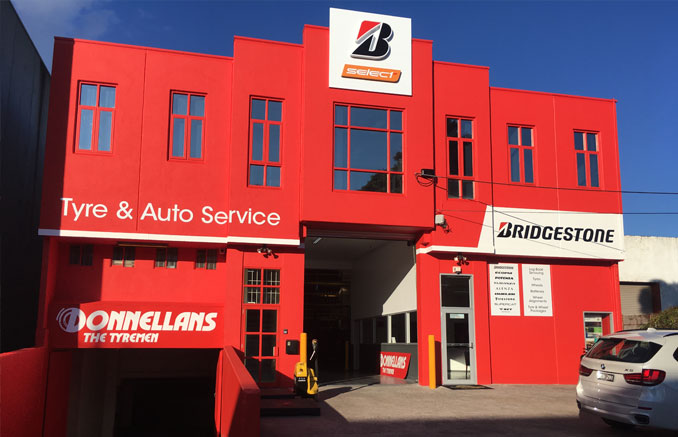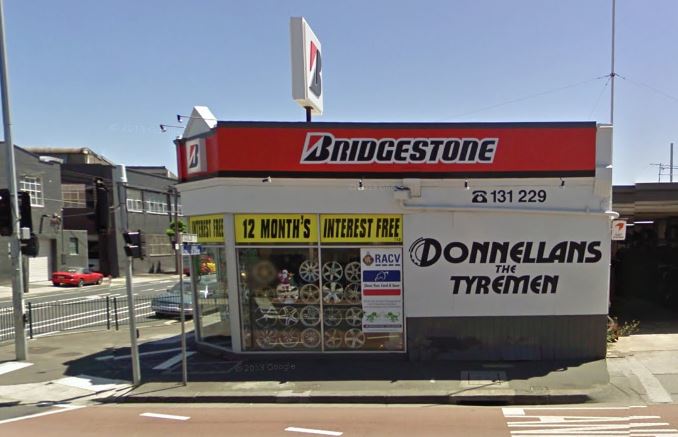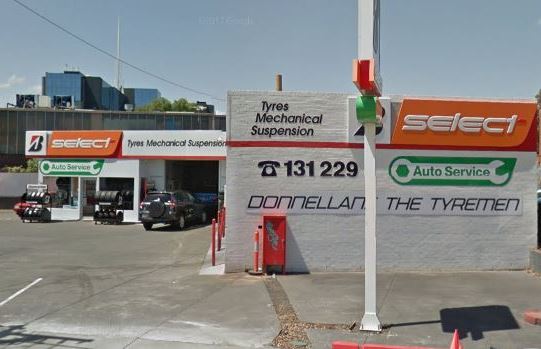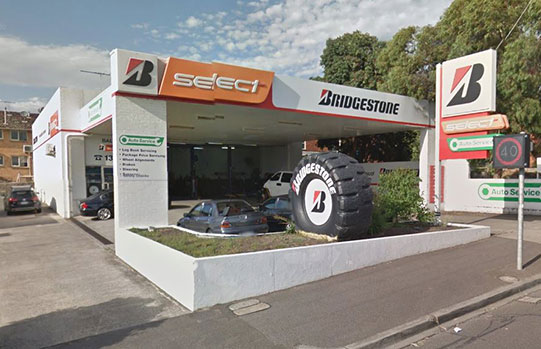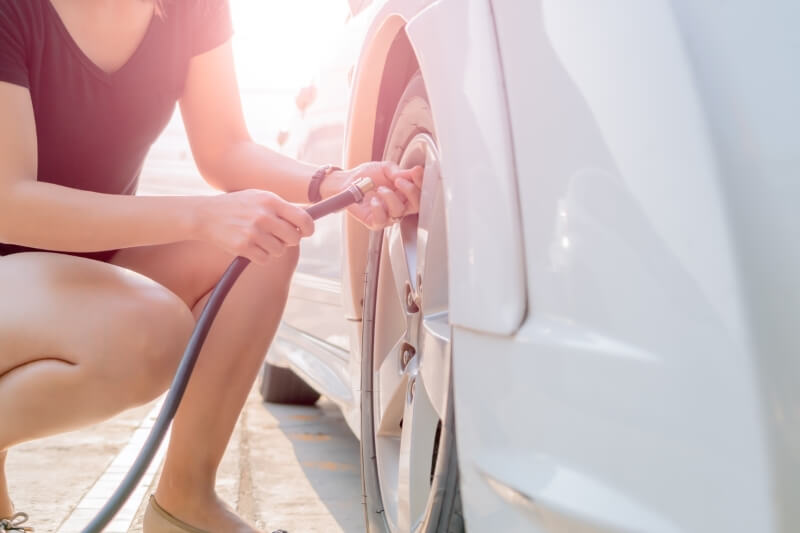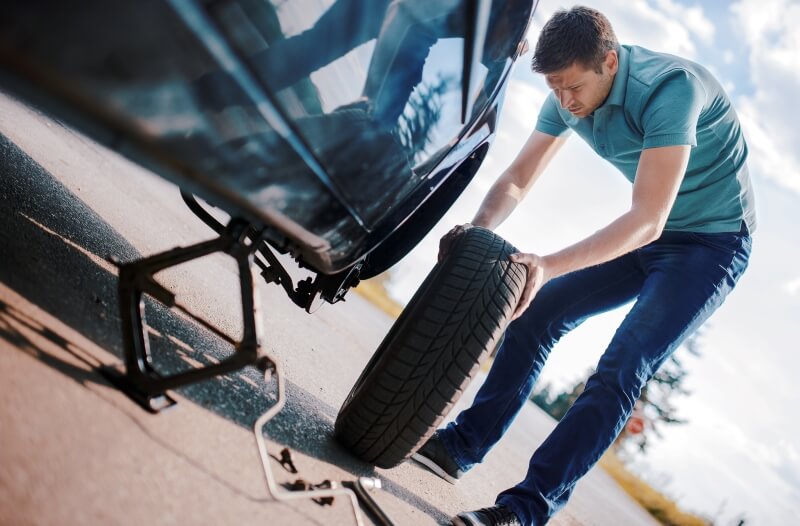Back to Latest News
What tyre pressures should I be running?
How do you get the most out of your new investments?
Tyres are usually the last thing on people's minds when the topic of car maintenance is brought up, and yet they are one of the most critical safety components on your car. After all, fancy tech like lane keep assist, anti lock brakes and accident avoidance won’t work if your tyres are not up to the task. In this article we will cover the basics and try to cover all bases for vehicle types.
If you’re running stock size tyres, your manufacturers recommended pressures will be found on the vehicle placard -usually found in the drivers door jamb- or inside the owners’ manual. Tyre pressures should be checked with a good quality tyre pressure gauge once a month. These are readily available from most auto stores and usually small enough to be kept in your glove box or center console. All tyres, OEM fitment or not, have a specific range in which they’re designed to work their best.
What if your car is running non-standard size wheels though? Low profile tyres may have a different recommended pressure range than what is recommended by your placard. Since manufacturers tend to play it safe with a good balance of performance vs comfort, you might find that your performance low profile tyres require pressures a few psi higher than your factory-equipped tyres. If you find your new performance tyres are wearing more in the middle than the outside of the tread face, the pressure has been set too high and will need to be adjusted. If you are at all unsure, one of the experienced tyre fitters at your local Donnellans store will be able to give you a recommendation on the pressures you should be running.
Running tyre pressures too low has several risks. For road cars, potholes will have more chance of causing severe wheel damage. The tyre may also roll away from the rim, causing the tyre to unseat from the rim, under inflated tyres will also overheat at high speeds. Many off-roaders will take advantage of the tyre ballooning out to create more surface area when driving on soft surfaces.
Conversely, too high pressure in your tyres can cause issues too. High pressures in your tyres may give the car a sportier feel with more direct steering but at higher pressures, tyres are more susceptible to blow outs, harsh ride quality and will are likely to wear out quickly. Overfilling tyres will also reduce the contact patch on the road, which is good for fuel economy but dramatically decreases grip on the road.
Making sure your tyres have the correct pressure ensures that they will perform as designed and will maximise the tyres lifespan, saving you money in the long run. Don’t forget to check your spare tyre too! The last thing you want is to find your spare tyre is also flat when you get a flat tyre.
If you’re planning a trip away, need new tyres or have questions relating to tyre choice, tyre pressures, suspension maintenance and safety checks - book into Donnellans today to have one of our expert technicians answer your questions. For all things mechanical, tyres, and wheels - you can’t go past the knowledgeable team at Donnellans.
Call today on:
- Blackburn - (03) 9894 1223
- Collingwood – (03) 9417 5527
- Preston – (03) 9480 0044
- Prahran – (03) 9510 3199
- Balwyn – (03) 9816 9900
